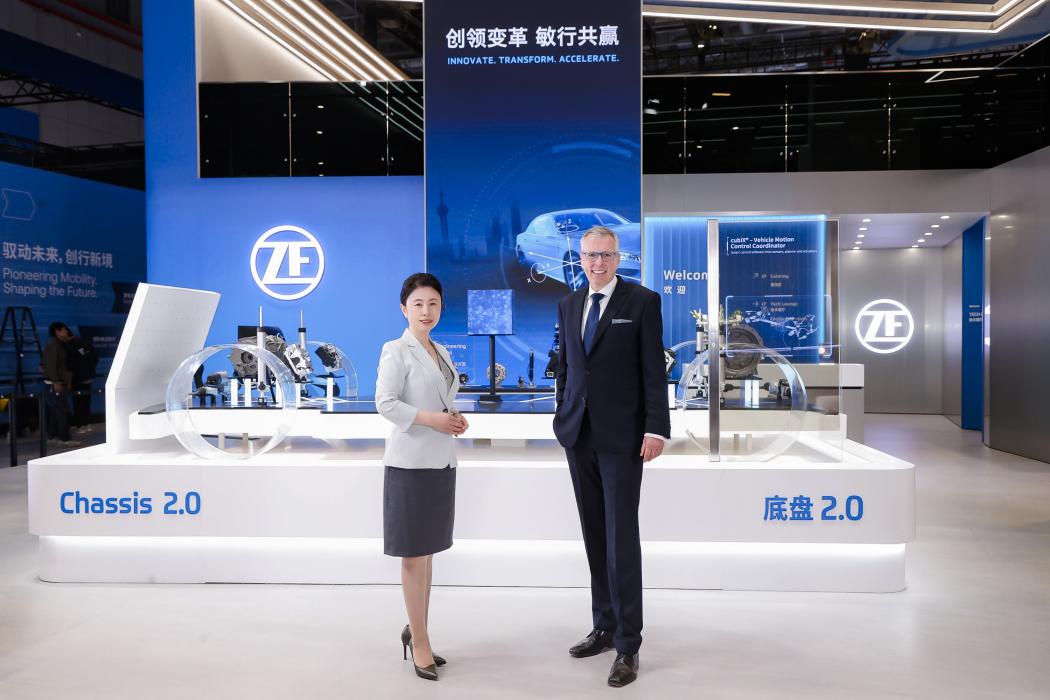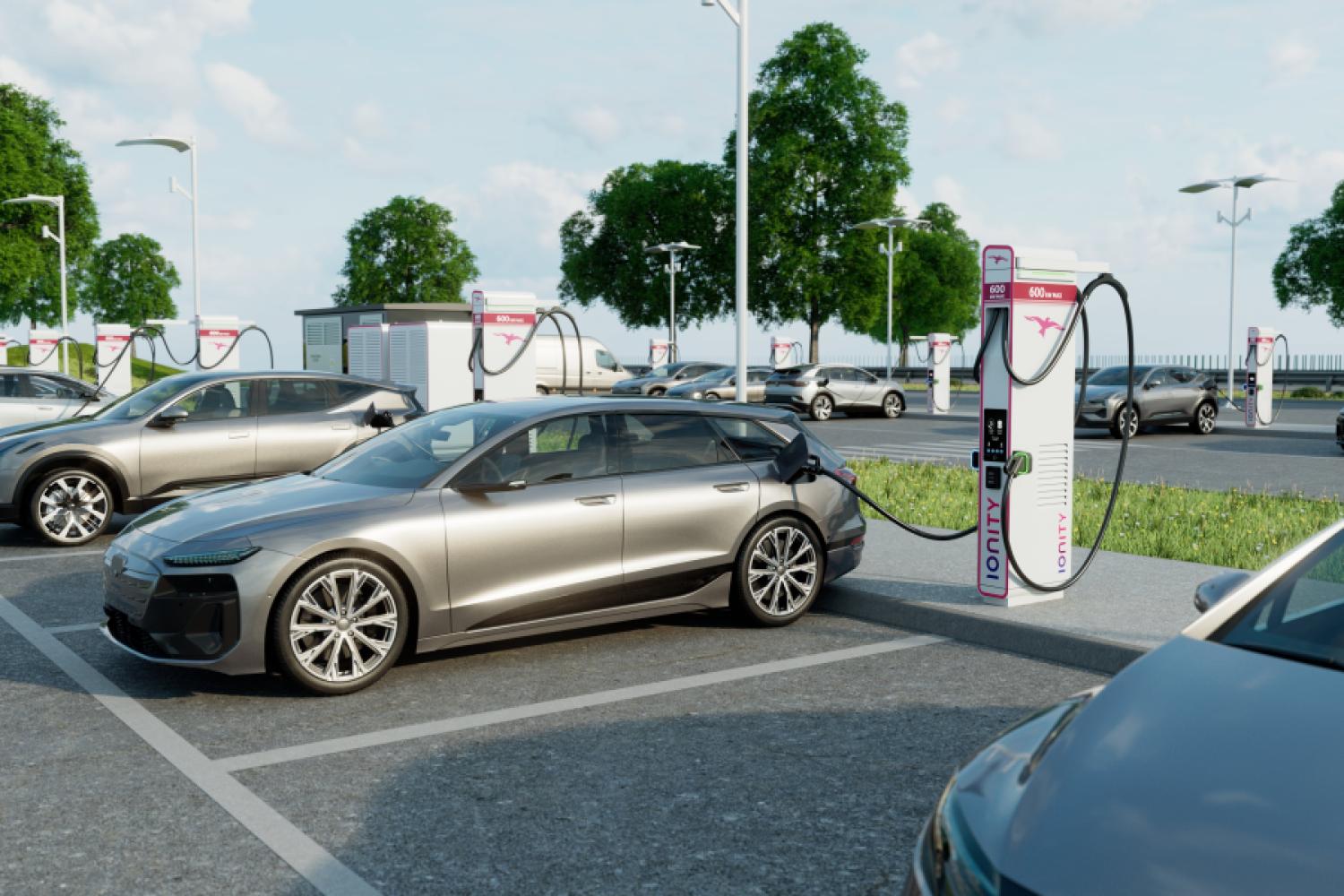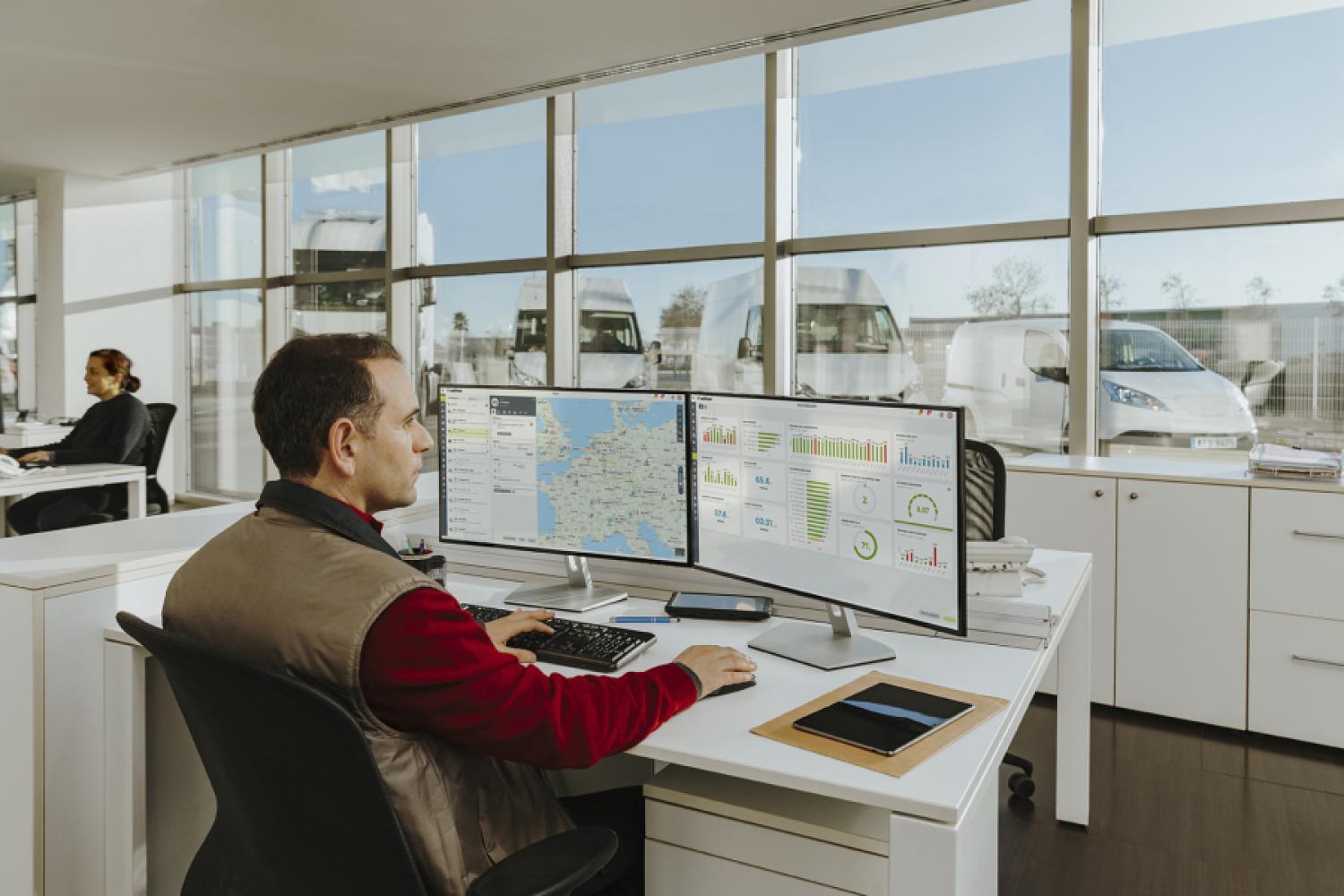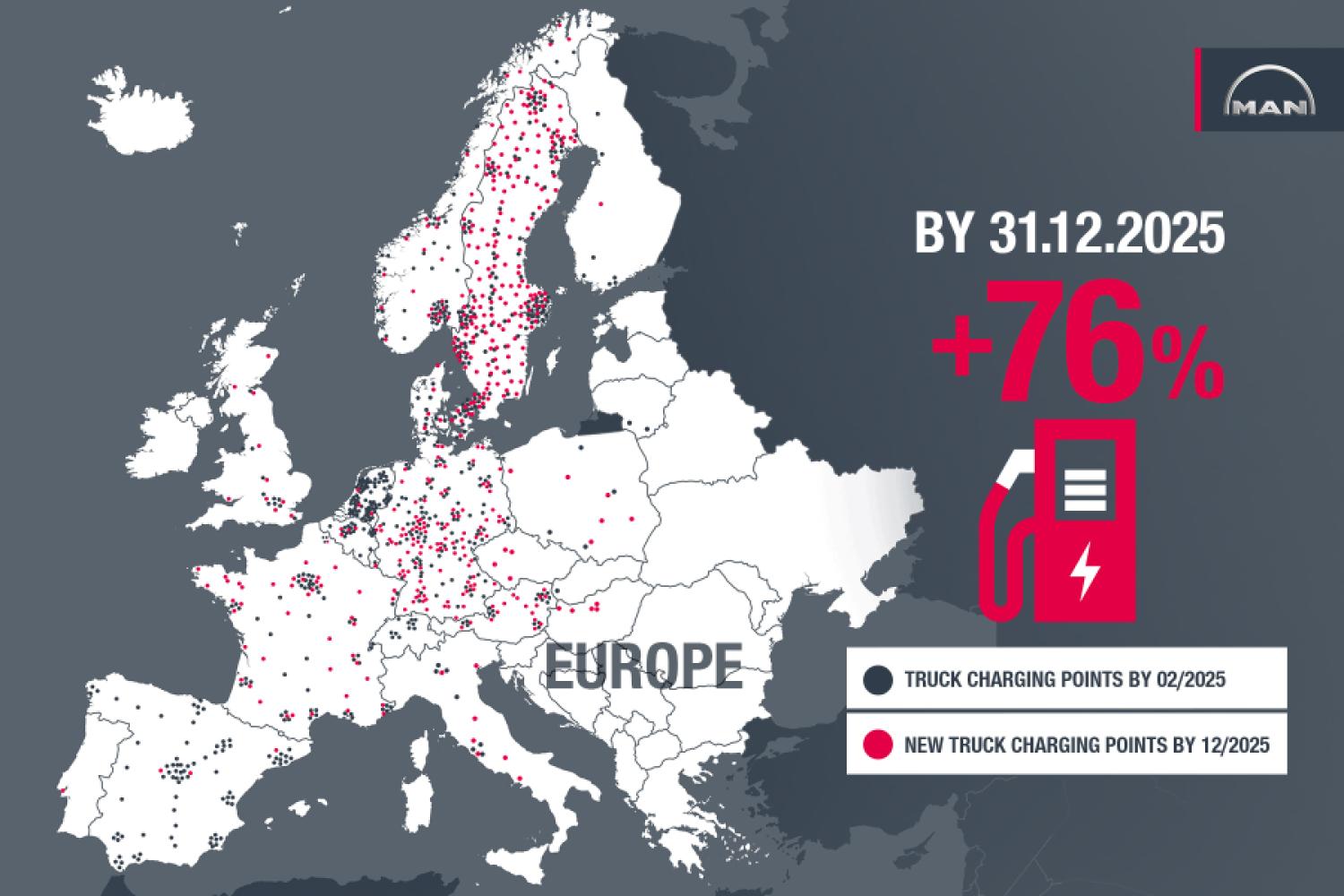Until Friday, May 2, 2025, the supplier company ZF is presenting its latest developments and products for the Asian automotive and commercial vehicle industry at the international auto show Auto Shanghai. According to experts, the Chinese auto show, which has surpassed all others in global significance, provides the company from Lake Constance the opportunity to position itself not only in the Chinese but also in the overall Asia-Pacific "growth market." The current boom of Chinese automobile manufacturers promises profits that justify continual investments.
The commitment is not limited to China. Just last week, the technology giant, which plans to cut up to 14,000 jobs in Germany due to revenue slumps by 2028 and has already announced further massive interventions, announced the major order from an Indian bus manufacturer for several thousand electric drive axles "AxTrax 2" for intercity buses. At Auto Shanghai, however, the focus is on cutting-edge By-Wire technologies, which are reportedly gaining popularity in Asia, such as the connected chassis "Chassis 2.0". Also on display is the new electrified drive solution Range Extender. The system generates power from an electric motor and inverter to increase the range of electric vehicles.
Target Group China
The company has invested in the mentioned technologies in recent years, specifically "for the Chinese market," says ZF CEO Dr. Holger Klein. The financial outlay runs into billions, as Renee Wang, President ZF China, confirms. Accordingly, the production and development processes have been "consistently adapted to the requirements of our Chinese customers" — and quickly, with "China Speed," as Dr. Klein puts it.
Complete Networking with Chassis 2.0
ZF sees "megatrends" in the three areas of electrification, software-defined vehicles, and autonomous driving, which open up "new opportunities and challenges" for chassis technology. In the mobility group's interpretation, this means the vehicle must be made fit for networking — both within its own architecture and in contact with the environment. ZF's corresponding chassis solution is called "Chassis 2.0."
In this solution, the ZF software cubiX is utilized, a turnkey networking solution transferred from passenger cars to commercial vehicles last year, which is already set for automated driving functions. In summary, the software triggers electrical signals that orchestrate mechanical movements, ensuring a "perfectly coordinated interplay of all actuators such as steering, brakes, and dampers in every driving situation." According to the description, the actuators, which implement the electrical signals into motion, are effectively networked with cubiX with the lowest possible latency (response time). "All actuators on the chassis side are orchestrated in parallel," it says.
Electronic Expertise
By-wire technologies working with electrical signals are practically the heart of the "Chassis 2.0" concept. According to its own statements, ZF is the world's largest supplier of chassis technology and already offers a comprehensive portfolio of "purely electronically controlled steering and braking systems as well as regulated damping systems." In this growing area, the company, which is 93.8 percent owned by the Zeppelin Foundation managed by the city of Friedrichshafen, has already secured significant market shares in Asia.
Software-defined Vehicles
For example, the electric car ET9 of the Chinese brand NIO contains the latest generation of its steer-by-wire steering system. The series launch of the solution, which includes a steering wheel actuator "for steering and portraying the steering feel" as well as "the redundant steering gear actuator" with the associated software, was only recently announced in mid-February 2025. Shortly before, ZF established its new division "Chassis Solutions," contributing the appropriate product portfolio of electronically controlled steering and brakes as well as damping systems, which, combined with ZF's own software cubiX, "form the basis for the software-defined vehicle."
Another major order for electromechanical brakes, an essential component of brake-by-wire braking systems, also arrived for the company at the beginning of the year. Officially, it is only stated that it involves "almost five million vehicles from a leading global vehicle manufacturer" which will be equipped with the electronic braking system. Principally, it is said, the technology offers the possibility to autonomously brake and steer, for example in the event of an impending crash. This does not involve hydraulics and brake fluid anymore, but braking force generated by electric motors at each wheel. "Brake signals from the pedal to the electric motor are also transmitted purely electrically."
Smoother Driving
Chassis 2.0 also enables additional functions: for example, the "nodding and rolling" of the vehicle during steering, acceleration, and braking maneuvers is limited by an "active chassis technology" — a factor that will become increasingly important, especially in future autonomous and automated functions. The active chassis system sMotion is used here, which contains an adaptive ZF damping system (CDS, Continuous Damping Control) with two external valves that independently control the compression and rebound direction of the damper. According to the information, two new Porsche models already use part of this system: the Panamera, available as an E-Hybrid and gasoline model, as well as the all-electric Taycan.
Range Extender
ZF also has long-standing experience in the series production of plug-in hybrid systems, purely electric drives, and related components. ZF presents its new electric range extender system on this topic at Auto Shanghai: here, a single electric drive system takes over both the generator and driving mode. The solution is set to go into production next year. According to the information, it is suitable for all-wheel drive with extended range without requiring a second drive system: "this significantly reduces costs," ZF says. The compact design should allow easy integration into the installation space. Additionally, "electric and combustion engines can be operated with high efficiency for power generation and drive," it is stated.
Innovations for Commercial Vehicles
The commercial vehicle sector of ZF is also considered at Auto Shanghai. Here, trade visitors can examine the integrated electric axle system AxTrax 2. The system is said to feature "its unique modular design," which integrates several drive components into a compact, lightweight, and powerful system, as ZF writes. The product's advantages recently prompted a bus manufacturer from India to place a large order.
The new transmission TraXon 2 Hybrid, which is expected to contribute significantly to reducing fuel consumption, can also be examined. The exhibition portfolio also includes the driver assistance system OnGuardMAX, a modular brake system platform, and a new electric power steering EPS for commercial vehicles.
The significance of the German automotive supplier in the booming Asian automotive region is highlighted by Renee Wang, President of ZF China:
"We have been rooted in China for more than 40 years, now have more than 50 production sites and five research and development centers. And we have invested billions of euros in China over the last five years."






